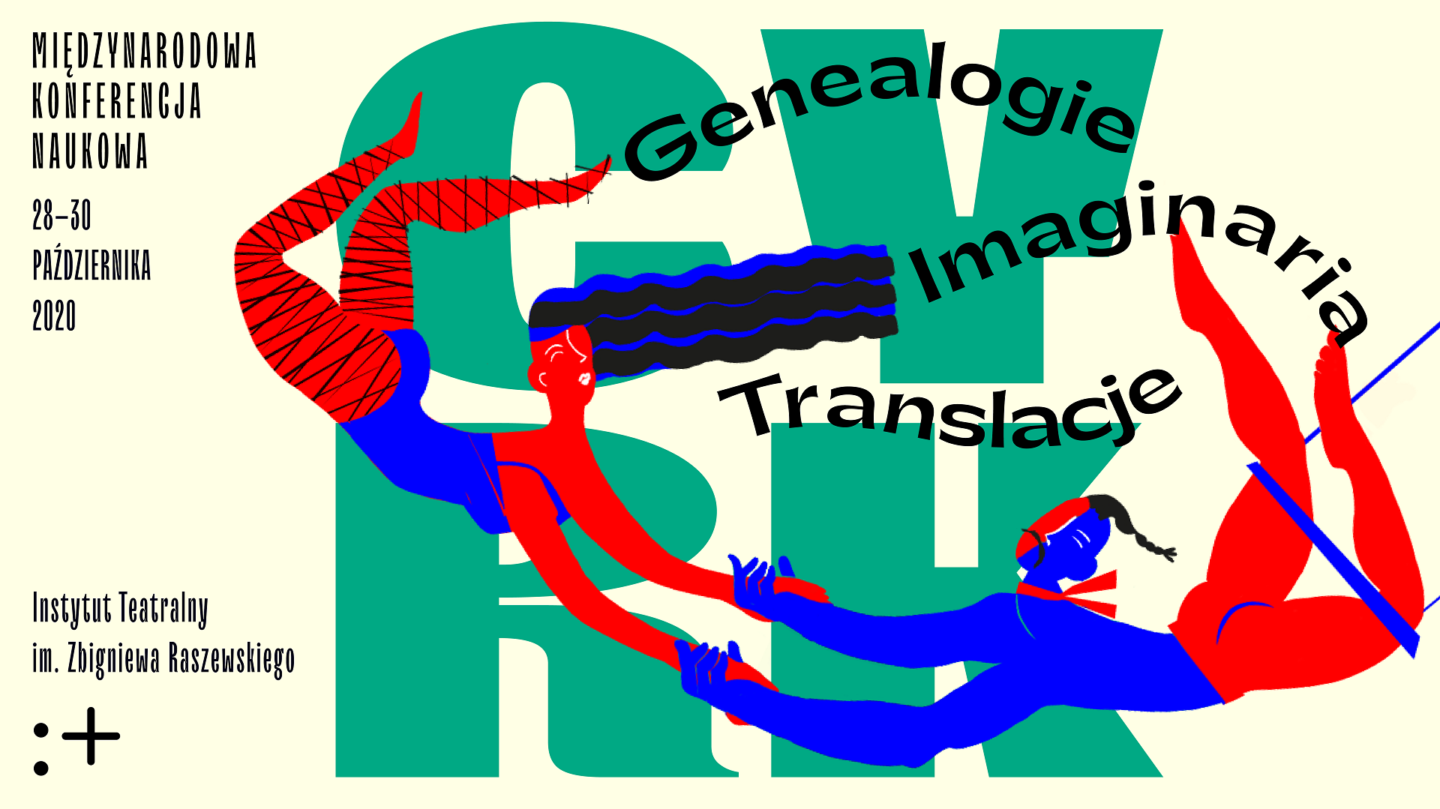CIRCUS: GENEALOGIES, IMAGINARIES, TRANSLATIONS
International Academic Conference | ONLINE
The Zbigniew Raszewski Theatre Institute in cooperation with the Institute of Western and Southern Slavic Studies at the University of Warsaw and the Institute of Polish Philology at Maria Curie-Skłodowska University in Lublin invites to the international conference ‘Circus, genealogies, imaginaries, translations‘ devoted to history and image of the contemporary circus art. Conference will be held online on October 28-30, 2020 streamed via webiste, YouTube channel and Facebook of The Theatre Institute.
Conference is being organised as part of the cycle: ‘In the world of spectacles’. It will be accompanied by two performaces: ‘City that was not there’ by Kejos Colective and ‘Life is Short Stories’ by Matthias Romir. Tickets are available on the website of the Theatre Institute and on GoOut.net. Price: 20 and 25 PLN. During the spectacles apply new rules of the COVID-19 sanitary discipline.
More information and conference programme:
Academic research related to the circus is hardly a well-established discipline in Poland. Generally, scholarly undertakings focusing on the circus are supplementary to the studies of history of popular culture, anthropology of performance, performance studies, animal studies, urban studies or film studies. The circus has been almost entirely absent from the current, continually reproduced cultural hierarchies and distinctions. Meanwhile, the transformation of the loosely defined field of ‘the circus arts’, juggling and dell’arte into a distinct institution of the modern circus and an autonomous field of art was one of the turning points in the formation of modernitas within contemporary urban culture. Typically considered as the lowest in the hierarchy of arts or eliminated from it altogether, the circus also played the role of an inspiring repository of forms. It functioned on an ad hoc basis as a laboratory for technological innovations or an educational quasi-institution. The circus was also the precursor in propagating the standards of modern living: social mobility, physical training and aesthetics of corporality, the worship of celebrities and superheroes. It also played a significant role in the emergence of modern-day media and professional sport.
We propose a return to the ever-unresolved question of the position of circus within the Central European variety of modernity. On the one hand, circus was an institution of social life, subject to transformation and possessing its own rich history. On the other hand, it was an imaginary that has grown with the passage of time: an archive of forms, images, cultural patterns, symbolic links and cultural practices. The circus has left its mark on all types of art. Its civilizational and cultural position was based on dynamic, disturbing paradoxes: it was influential and marginal, and simultaneously aroused fascination and contempt. The circus was the realization of the civilizational dream of egalitarian art, and at the same time – as Starobiński writes in his essay ‘Portrait de l’artiste en saltimbanque’ [Portrait of the Artist as Saltimbanque] – provided modern thought with an image of a ‘hyperbolic leap beyond any reason’.

